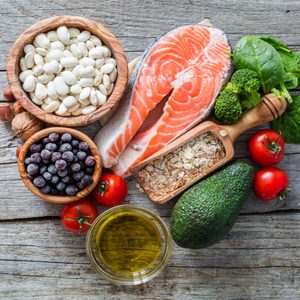
Small changes can make a big difference when it comes to heart health. A good place to start is by making sure your pantry is stocked with healthy ingredients. This way, you can improvise a healthy meal without thinking or whip up one of our heart-healthy supper recipes on the spot. Follow along to learn which foods to consider picking up at the store.
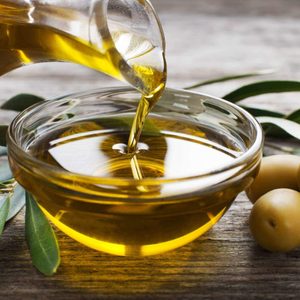
Heart-Healthy Oils
Canola oil is a good choice because it’s low in saturated fat, which can aid in controlling cholesterol levels. Olive oil, similar to canola, is another popular choice. It’s known for its golden color and assistance in lowering bad cholesterol (or LDL). Both are versatile and can be used for many cooking methods in the kitchen. Try either in this healthy recipe for pan-roasted chicken and vegetables.
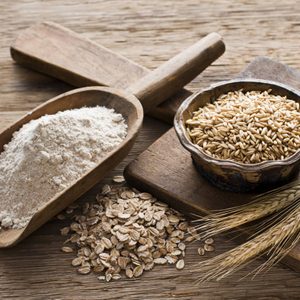
Whole Grains
You may have these in your pantry already! Whole grains can be found in whole wheat bread, brown rice, oatmeal, quinoa, hulled barley, whole grain pasta and more. Learn how to use them in these delicious (and incidentally whole grain) recipes. Whole grains are great because they are full of vitamins, minerals and fiber which aids digestion. It’s also been proven that a diet that includes whole grains can reduces the risk of heart disease by lowering blood pressure, keeping a healthy weight and helping you feel fuller, longer.
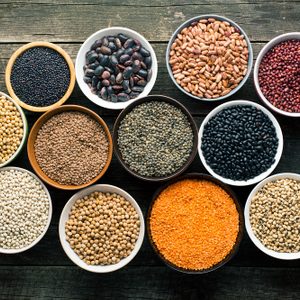
Beans & Legumes
Canned and dried beans (a.k.a. pulses—no, not the pulse on your wrist!) are a good source of plant-based protein. They can even be substituted for meat! These ingredients contain antioxidants, fiber and potassium that can reduce the risk of coronary heart disease (CHD) and inflammation. Get started with our 100 tasty ways to use canned beans!
Pro tip: Look for low-sodium beans and drain and rinse before using. Frozen beans are also a great option.
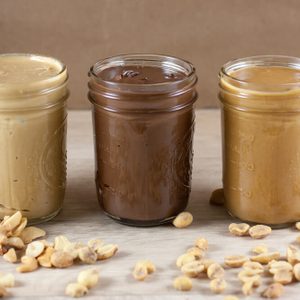
Nut Butters
Natural peanut butter, almond butter and cashew butters naturally contain healthy fats, protein, vitamins and minerals. They can also play a key role in weight loss by keeping you full and satisfied. Did you know that peanut butter is super easy to make at home? Try it tonight.
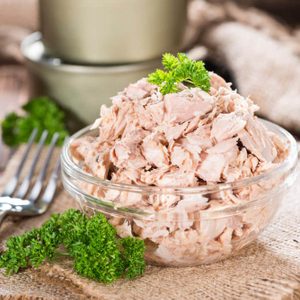
Canned Fish
Canned salmon and tuna are high in omega-3 fatty acids (a type of fat not produced by the body). Omega 3s can help reduce the risk of stroke and lower blood pressure. The high protein content of canned salmon can help maintain muscle and keep hair, skin and nails looking healthy. Besides, who doesn’t love a comforting tuna casserole?
Pro tip: Look for canned fish varieties that are vacuum-sealed or packed in water versus oil.
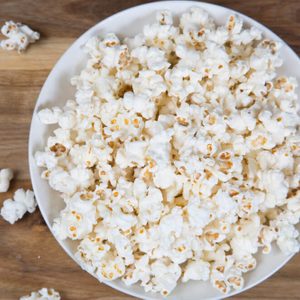
Popcorn
Healthy, wholesome snack options like popcorn are the perfect food to have around the house. Popcorn is a whole grain and aids in digestion. Learn how to make it the old-fashioned way. Plain popped popcorn is low in calories and helps ‘keep you regular’. Bonus: It can also help control blood sugar (which is very important for diabetics!).
Pro tip: Dried fruits, like raisins, are also good snacks to keep on hand. Look for brands without added sugar.
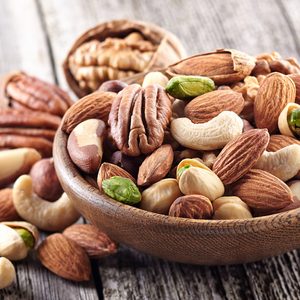
Nuts
Though high in calories, nuts (think: almonds, walnuts, cashews) are shelf-stable and a great on-the-go snack! They are packed with protein and fiber. Research suggests that eating nuts can reduce the risk of developing blood clots and inflammation.
Pro tip: Stay away from nuts with salty or sweet toppings and candy mix-ins. Pre-portioned, roasted and unsalted nuts are your best bet. If you want a healthy boost of flavor, try this spiced-up recipe.
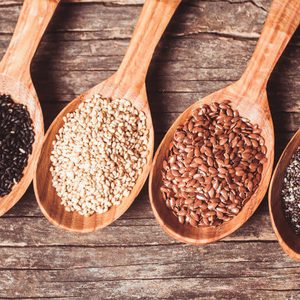
Seeds
Chia, flax and hemp seeds have become uber popular over the years. (Psst! Chia seeds made the list of our top 8 superfoods.) All three have enormous antioxidant properties and are great sources of fiber. They also contain an impressive list of vitamins and minerals. Not too familiar with flax seeds? Here’s how to use them in your recipes.
Pro-tip: Chia seeds are a complete protein and can be made into chia pudding.
